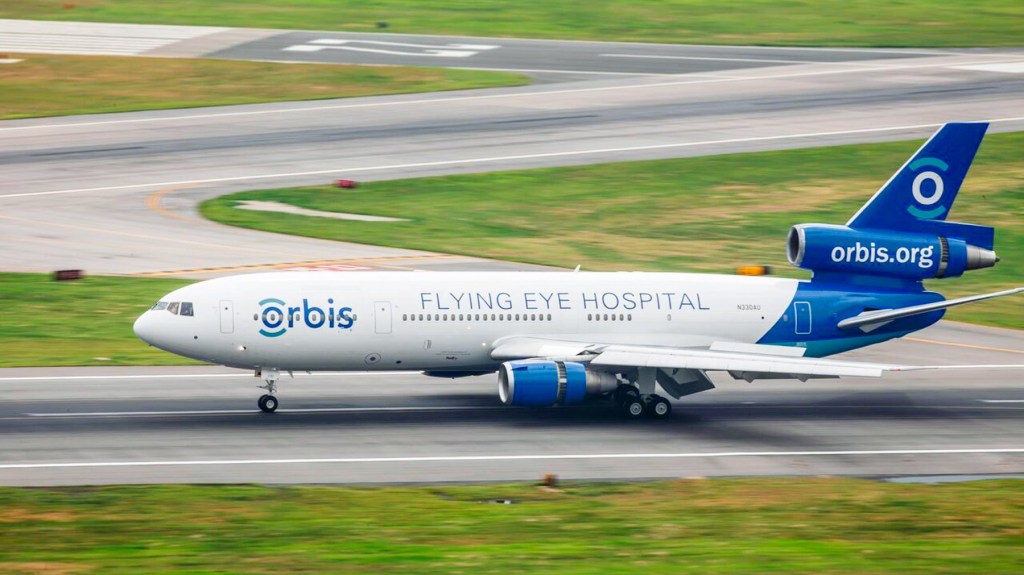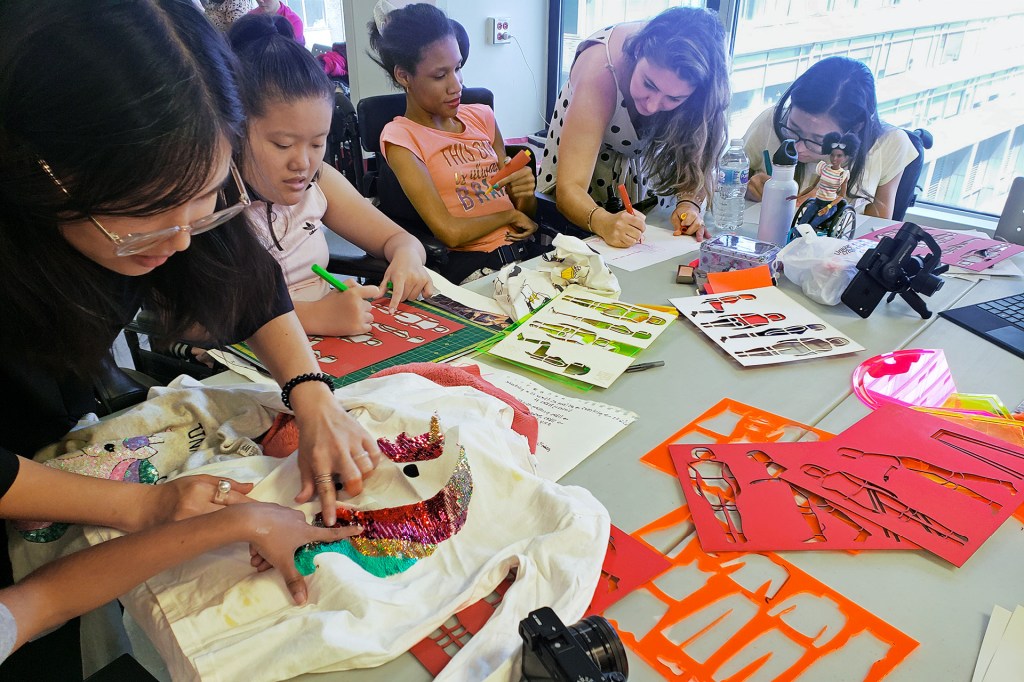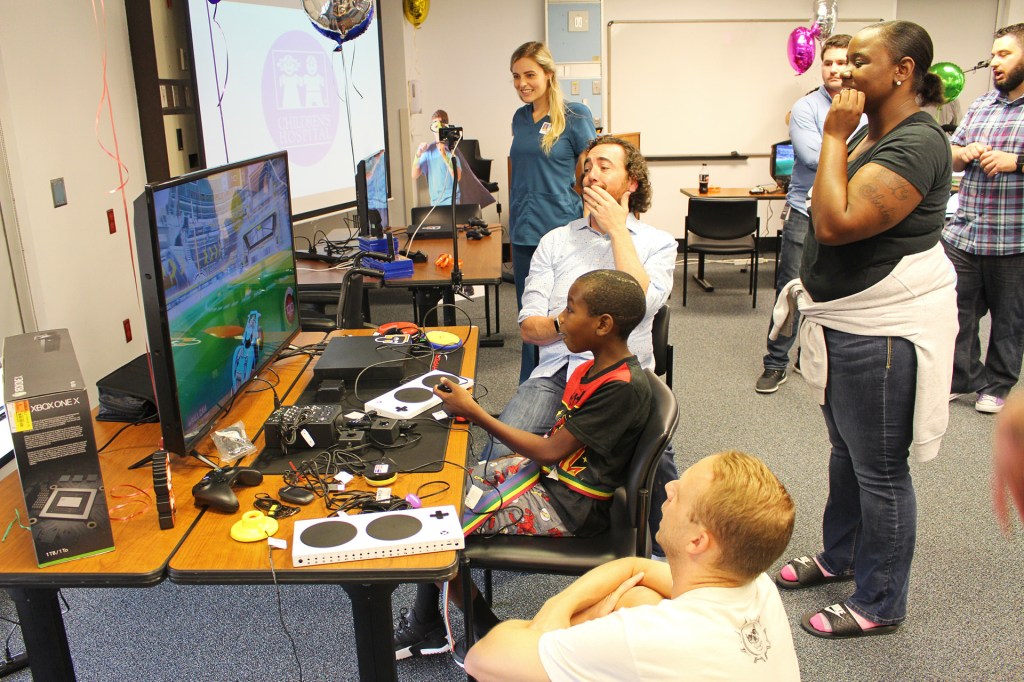Lifesaving Drones
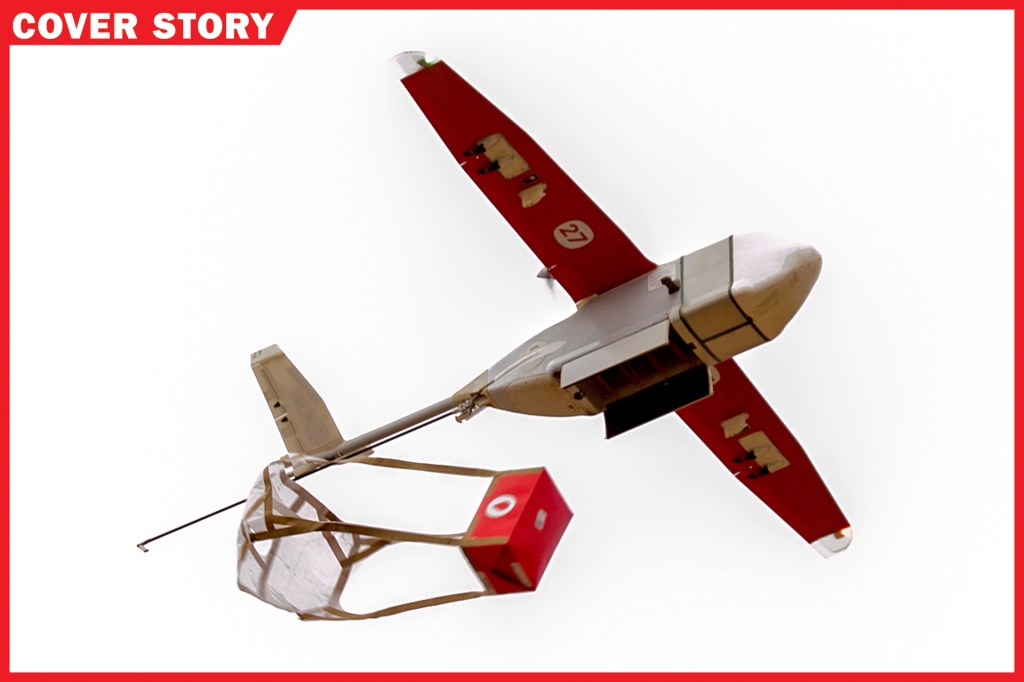
For several days, 2-year-old Ghislane had been screeching in pain. Her blood cells were being attacked by malaria
malaria
 PHOTOALTO/FREDERIC CIROU—GETTY IMAGES
a life-threatening disease that is spread by certain mosquitoes
(noun)
She hung a mosquito net around her bed, to avoid being infected with malaria.
. There was nothing the staff at the local clinic in central Rwanda could do. They called an ambulance. But by the time Ghislane reached the hospital, she had stopped moving. As a last resort, nurses suggested a blood transfusion
transfusion
PHOTOALTO/FREDERIC CIROU—GETTY IMAGES
a life-threatening disease that is spread by certain mosquitoes
(noun)
She hung a mosquito net around her bed, to avoid being infected with malaria.
. There was nothing the staff at the local clinic in central Rwanda could do. They called an ambulance. But by the time Ghislane reached the hospital, she had stopped moving. As a last resort, nurses suggested a blood transfusion
transfusion
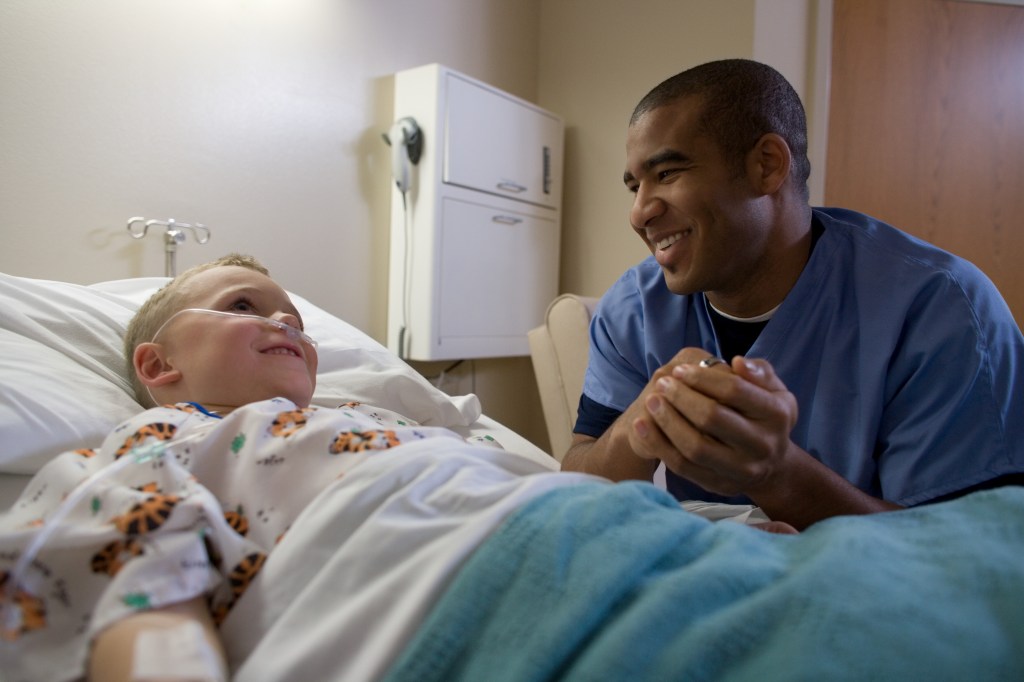 RUBBERBALL/GETTY IMAGES
a medical treatment in which one person’s blood is put into the body of another person
(noun)
After his surgery, Joseph received a blood transfusion.
.
RUBBERBALL/GETTY IMAGES
a medical treatment in which one person’s blood is put into the body of another person
(noun)
After his surgery, Joseph received a blood transfusion.
.
Meanwhile, a hospital employee was typing a message on his smartphone. It was a request for red blood cells. Typically, he would have sent a car and driver to fetch the cells from a blood bank. That’s a three-hour round-trip. This time, he tried something new. His phone flashed a confirmation message: The blood was on its way. It would be delivered in six minutes.
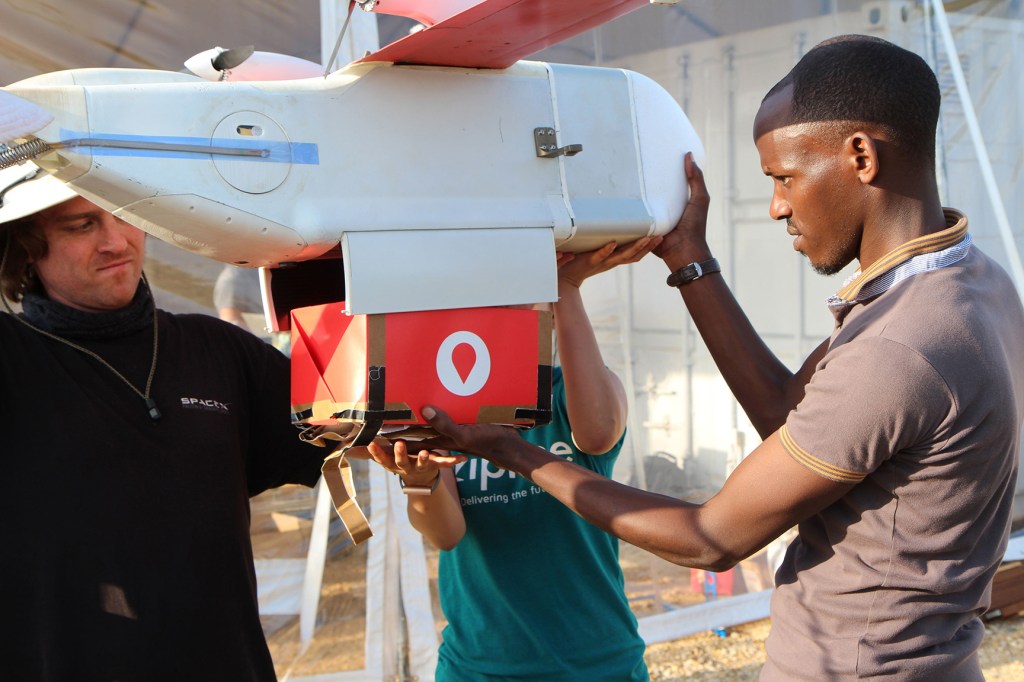
PRECIOUS CARGO Workers at Zipline load a drone with a cardboard box attached to a paper parachute.
STEPHANIE AGLIETTI—AFP/GETTY IMAGESBefore long, the high-pitched whine of a drone could be heard above the hospital. The drone released a red cardboard box. It was attached to a paper parachute
parachute
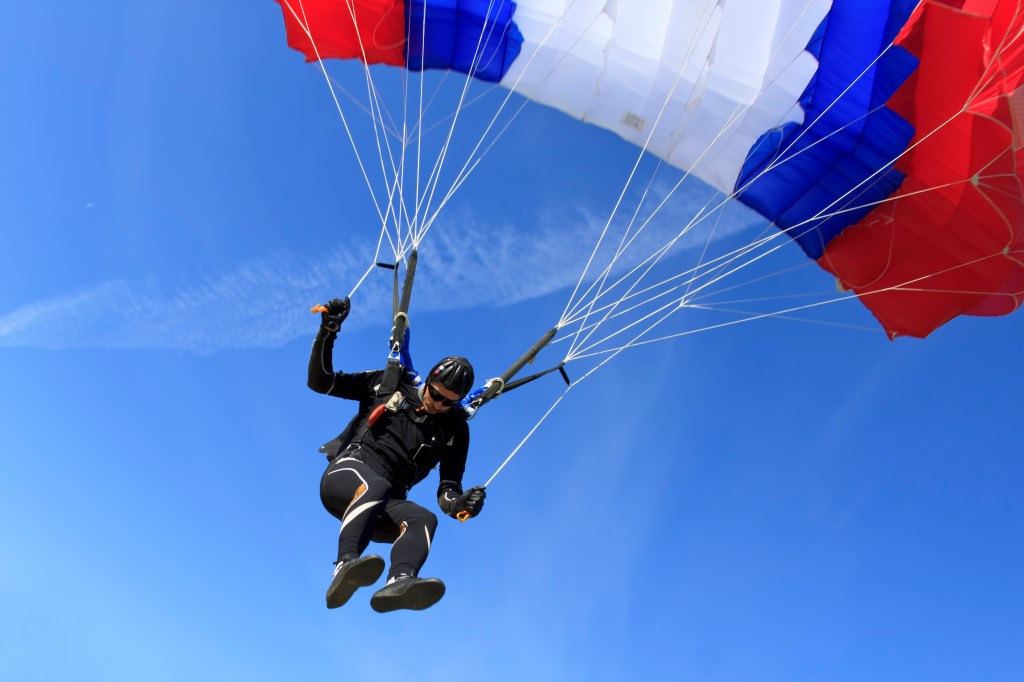 GERMAN-SKYDIVER/GETTY IMAGES
a fabric device that slows the fall of a person or an object released from an aircraft
(noun)
The skydiver opened his parachute and floated to the ground.
. Inside the box were two packets of blood.
GERMAN-SKYDIVER/GETTY IMAGES
a fabric device that slows the fall of a person or an object released from an aircraft
(noun)
The skydiver opened his parachute and floated to the ground.
. Inside the box were two packets of blood.
Within minutes, the blood was pumped into Ghislane’s body. The child opened her eyes. It was December 21, 2016. She had just become the first person in the world who owed her life to a drone delivery.
In parts of rural Africa, people regularly die from preventable diseases. Lives are lost because of a shortage of medicines. This problem was the inspiration for Zipline, a U.S. start-up. Zipline’s drones carry medical supplies to hospitals by air.
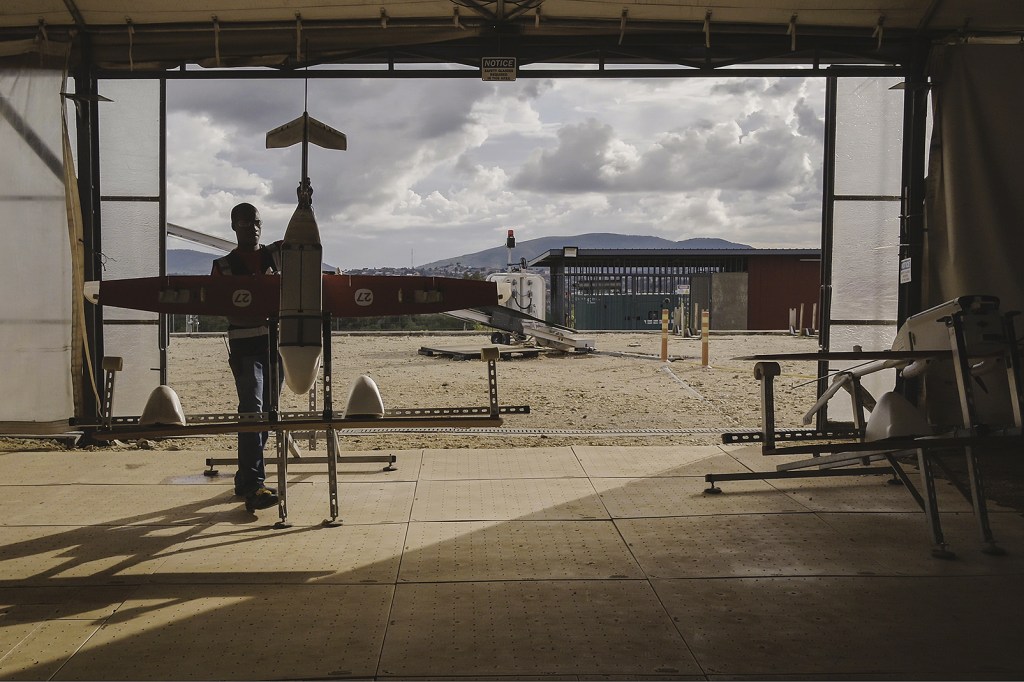
ZIP IT A drone is prepared for takeoff. From order to launch, the process takes one minute.
JOHNNY MILLER FOR TIME“Before, it took at least three hours to get blood in an emergency,” Dr. Roger Nyonzima says. He is the head surgeon at a hospital. It’s 60 miles from the main blood bank. “Three hours can make the difference between saving or losing a life.”
Drone Delivery
The company’s electric aircraft are called Zips. They look like small airplanes. Zips can fly 100 miles on a charge. They can fly in any weather short of a hurricane. The drones can carry up to 3.9 pounds.
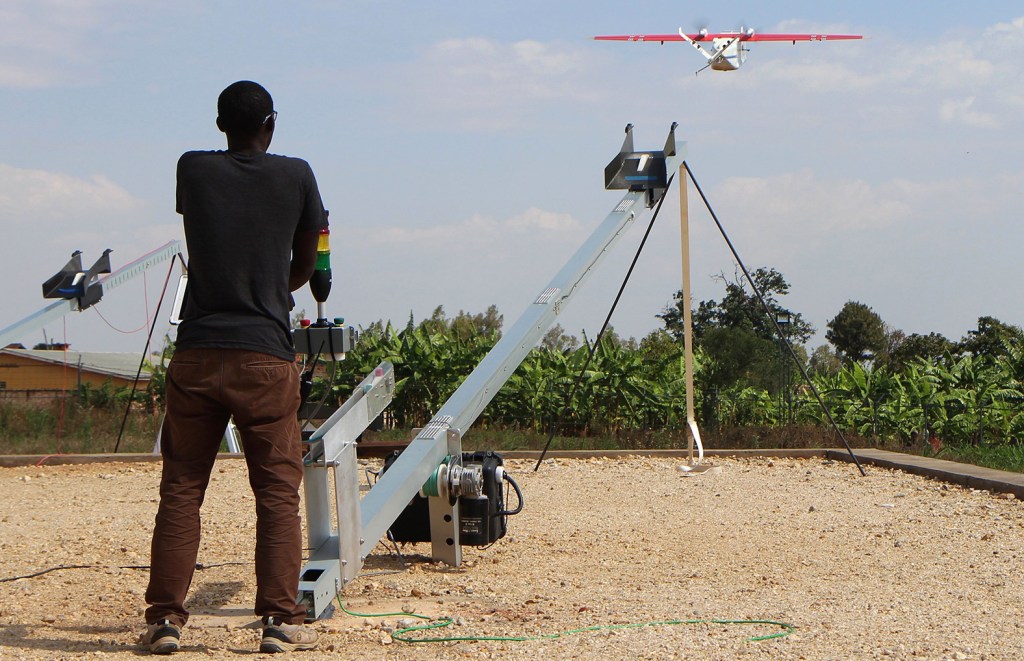
FLYING HIGH A Zipline drone is launched at the company’s Rwanda headquarters, in Muhanga.
STEPHANIE AGLIETTI—AFP/GETTY IMAGES
To launch a Zip, an operator loads it onto a catapult and enters its destination on a tablet. Soon the Zip is airborne
airborne
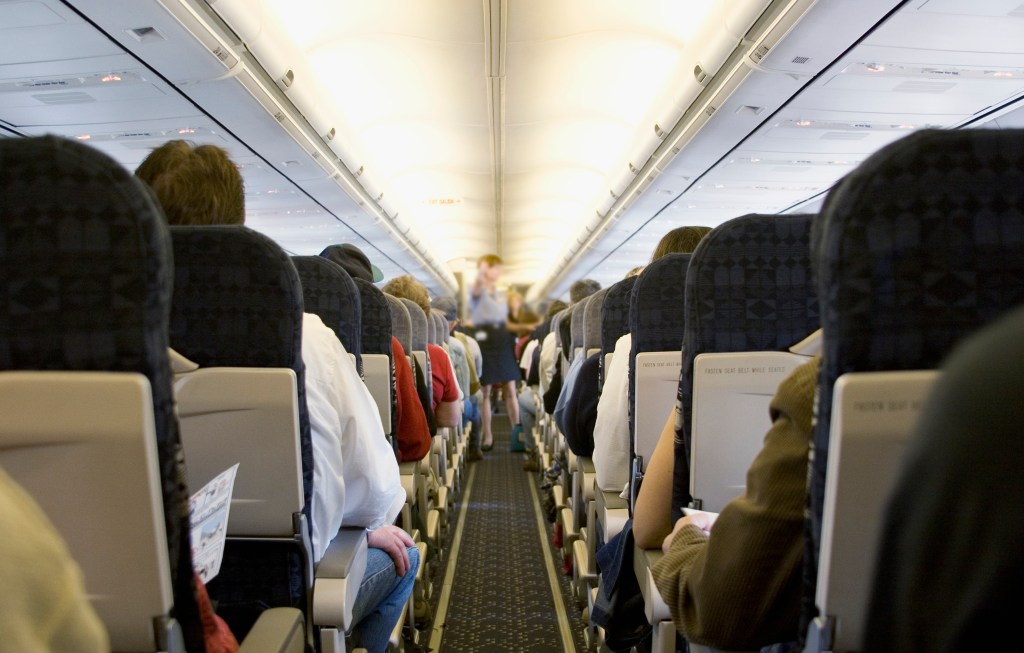 SWELL MEDIA/GETTY IMAGES
in the air
(adjective)
When the plane was airborne, flight attendants told the passengers they could remove their seatbelts.
. The whole process takes about a minute. The Zip navigates using GPS. Once it nears its destination, it sends a text message to the hospital. That announces the exact arrival time. Then it swoops toward the landing zone and drops its package. When the delivery is complete, the Zip circles back toward home base.
SWELL MEDIA/GETTY IMAGES
in the air
(adjective)
When the plane was airborne, flight attendants told the passengers they could remove their seatbelts.
. The whole process takes about a minute. The Zip navigates using GPS. Once it nears its destination, it sends a text message to the hospital. That announces the exact arrival time. Then it swoops toward the landing zone and drops its package. When the delivery is complete, the Zip circles back toward home base.
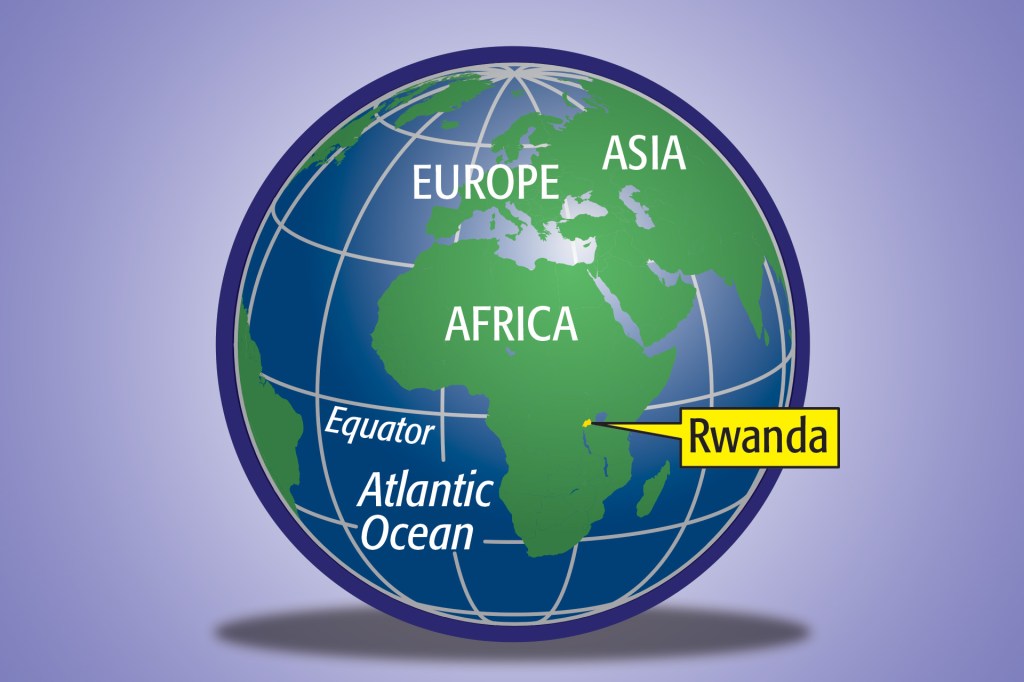
Blood and medical supply shortages affect rural hospitals in the Unites States, too. Zipline plans to launch a similar service in the U.S. in early 2019.
Educators: In this week's teaching materials, we challenge readers to create a step-by-step sidebar for the story "Lifesaving Drones." Click here to see an example. It explains the process of making chocolate candy.
Assessment: Click here for a printable quiz. Teacher subscribers can find the answer key in this week's Teacher's Guide.





